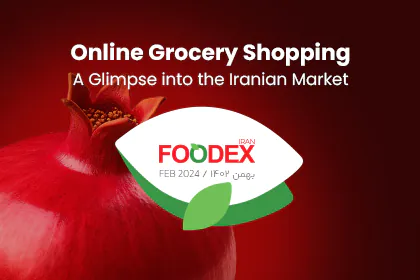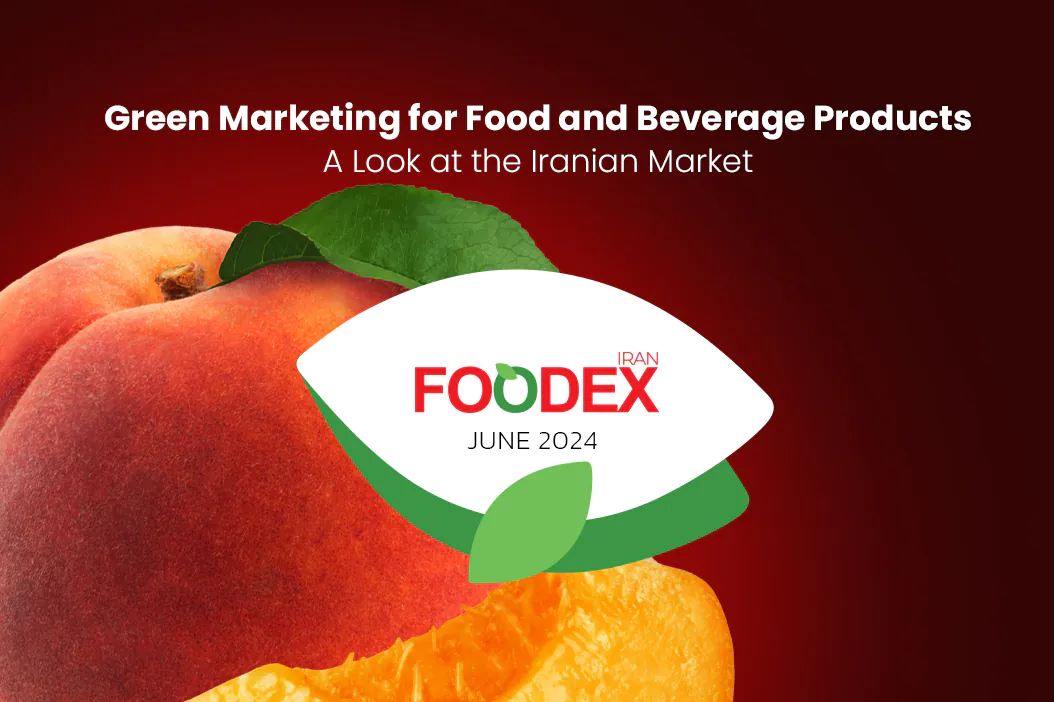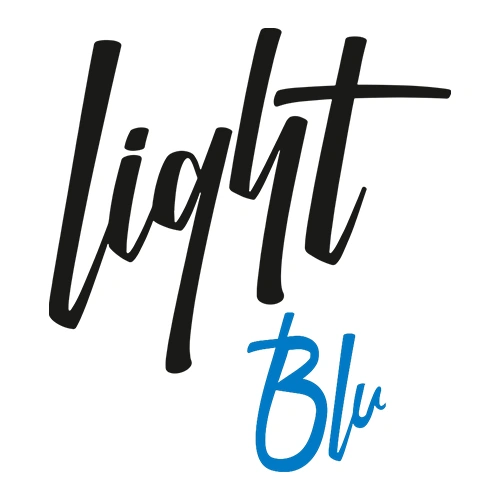Due to the introduction of new technologies such as artificial intelligence and automation, food industries have grown colossally. It is a new phase of food production, distribution, and consumption. Artificial Intelligence and automated systems are making chains and assembly lines more efficient, reducing costs while improving quality.
But why is the future of the food industry hooked on such technologies? The main drivers are competitive pressures and evolving consumer demands that make brands implement advanced solutions. Some of the key purposes it serves include reducing waste, speedy production, and enhanced customer experience, assisted by AI and automation.
The article by Foodex Iran explores how AI and automation have been changing the food industry from improving production processes to reimagining supply chains and customer experiences. Companies embracing these technologies don’t lack challenges. How New Technologies Are Transforming the Food Industry
AI and automated systems
These technologies make food production more effective and less expensive, hence engaging them to respond promptly to consumer demand. This includes everything from automated inventory management systems to robotics designed to help in packaging and food distribution. These also play an important role in streamlining the supply chain and processes of production.
Why the Future of the Food Industry Depends on Advanced Technologies
Recent trends show that strong competition in the global marketplace has forced firms to adopt the latest technologies. To reduce food wastage, improve efficiency, and meet the dynamic changing customer demand, large food brands have begun to adopt AI and automation.
AI and automated systems not only lower costs but also help brands predict consumer behavior based on big data. In return, the company will be able to manufacture only enough to supply consumer demand and avoid over-manufacturing of products, increasing profitability.
The Role of Artificial Intelligence for Improvement in Food Production Process
Optimization of Production Using AI
AI helps a company optimize its production process. It is used for quality control of products, management of resources, and enhancement of efficiency at the production line.
Large corporations such as Nestlé use AI to ensure the quality of raw materials. AI systems analyze data from sensors placed on production lines to track any deviations in quality in real-time and immediately make improvements.
Predicting Demand and Production with Big Data
Large volumes of data are analyzed through artificial intelligence to predict consumer behavior and, consequently, adjust the volume of production. This increases efficiency, reduces waste, and even boosts profits.
Companies like McDonald’s, for instance, use artificial intelligence to forecast demand, which can change throughout the day or vary at different locations, and allow them to keep production at their optimal level with reduced waste of food items.
Automation of the Food Supply Chain
Robots and Automation Systems Improve Supply Chain Efficiency
Some of the big changes coming through involve the use of robots and automated systems along the supply chain. These technologies contribute to improving transportation, warehousing, and the inventory management of a company so that whatever products the company is handling can be more accurately and quickly dealt with.
As an example in this regard, companies like Amazon use automated robots inside their warehouses to move products around. This greatly enhances the speed and accuracy at which orders are filled.
Automated Technologies Reduce Food Waste
One of the major concerns in the industry is food wastage. Automatic systems and AI can reduce the issue to a minimum by guiding producers with appropriate ways of storage, transportation, and inventory management, saving food from getting spoiled.
Impact of Technology on Customer Experience
The Changing Face of Shopping with AI
However, AI is also changing how customers shop and interact with brands, from cashier-less stores to personalized orders based on customer data.
Example: Amazon Go is one of the very first cashier-less stores. Using AI implementation, it lets its customers shop without interacting with any cashiers or paying directly for anything; instead, everything is automated.
Automated Food Delivery Services
This will be the future of food delivery due to the fact that these technologies enable food companies to make deliveries quicker with minimal dependence on human labor.
An example of this is companies such as Domino’s Pizza already have started using drones and robots in some areas to deliver food, and this technology is set to spread further.
Challenges in Adopting AI and Automation in the Food Industry
High Initial Costs
The very implementation of AI and automation requires a heavy upfront investment. Most firms, especially small business entities, face financial constraints in a way that installations of this type become problematic.
Cultural Resistance and Needs for Training
Another major barrier comes in the form of resistance from employees and industry professionals. Firms have to train their workforce to work with automated systems, which is a rather expensive and time-consuming process.
Food Logistics, New Technologies
Read MoreThe Future of AI and Automation within the Food Industry
Projected Growth of AI and Robotics in the Food Industry
The application of AI and robotics to the food industry is forecasted to grow markedly for the next ten-year period. Advancing technologies, along with lowering costs, ensure that more and more companies apply automation to their processes.
Upcoming Technologies that Shape the Future of Food
3D food printing, robotic chefs, and smart farming are some of the technologies that shape the future of food production. These new technologies will make the activity more efficient and fun for the consumers.
No doubt, AI and automation are the future for food industries. The companies that adopt such technologies as soon as possible will be handsomely rewarded by increased efficiency, reduced costs, and high-quality products. It is prudent that producers and service providers of food invest in such technologies and train their workers to adapt to the imminent changes.
Sources
Beverage Daily. (2021). How AI and Automation are Reshaping the Food and Beverage Industry. Retrieved from www.beveragedaily.com
Food Dive. (2021). AI’s Growing Role in Food Production: From Farm to Table. Retrieved from www.fooddive.com
McKinsey & Company. (2020). Automation in the Food Industry: Harnessing AI to Meet Demand. Retrieved from www.mckinsey.com
GlobalData. (2021). Future of AI in the Food Industry: Key Trends and Predictions. Retrieved from www.globaldata.com
Ehsan Allahverdi
Executive Manager of Foodex Iran
Marketing Consultant for Leading Food & Beverage Brands
Specialist in marketing innovation and global trade
website | linkedin
























